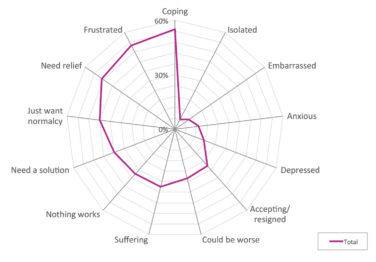Considering the success that Amazon has had with Echo and other Alexa-based devices, it is not surprising to see so many competitors continue to emerge in this growing space. As the popularity of these devices grows, companies are exploring new ways to take advantage of this technology. That includes healthcare, as Merck is sponsoring an open innovation challenge asking developers to come up with a skill for Alexa that can help people with diabetes. If your company is looking to do something similar, keep in mind Amazon is only one of the players in this space.
Harman Kardon: Don’t Forget About Cortana
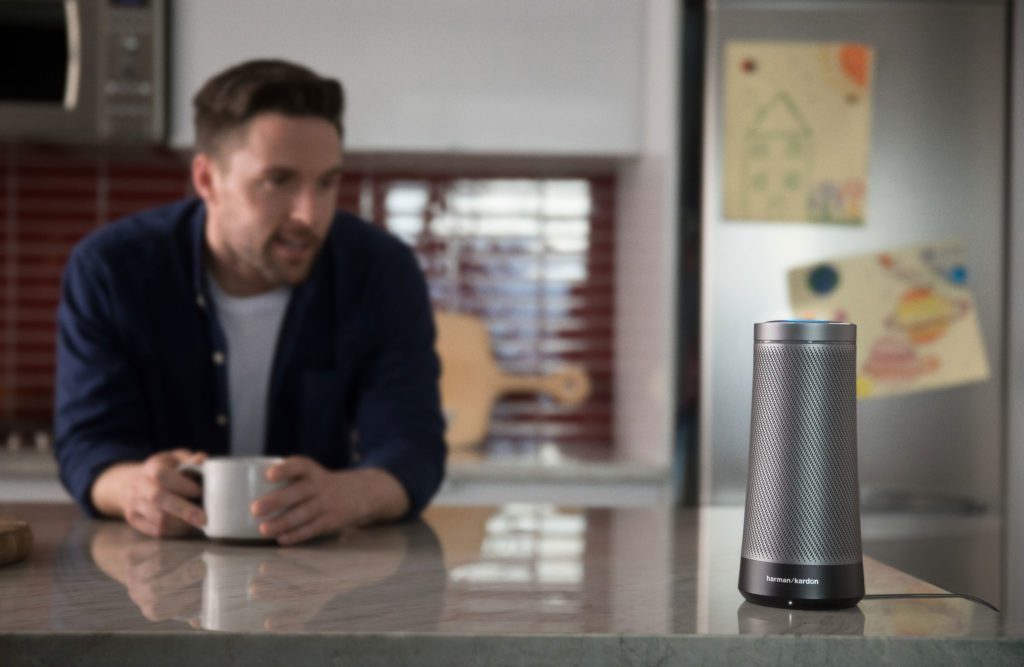 The Harman Kardon Invoke combines the rich audio heritage of Harman Kardon with Cortana, the virtual assistant developed by Microsoft. This voice-activated speaker can do much of what you would suspect: Play music, manage calendars and activities, set reminders, check traffic, deliver the news, and more. However, it also has Skype integration, so you can make calls to cellphones, landlines, and other Skype-enabled devices. Price was not available at press time, but the device is expected in Fall 2017.
The Harman Kardon Invoke combines the rich audio heritage of Harman Kardon with Cortana, the virtual assistant developed by Microsoft. This voice-activated speaker can do much of what you would suspect: Play music, manage calendars and activities, set reminders, check traffic, deliver the news, and more. However, it also has Skype integration, so you can make calls to cellphones, landlines, and other Skype-enabled devices. Price was not available at press time, but the device is expected in Fall 2017.
Amazon: Will This Show Be a Hit?
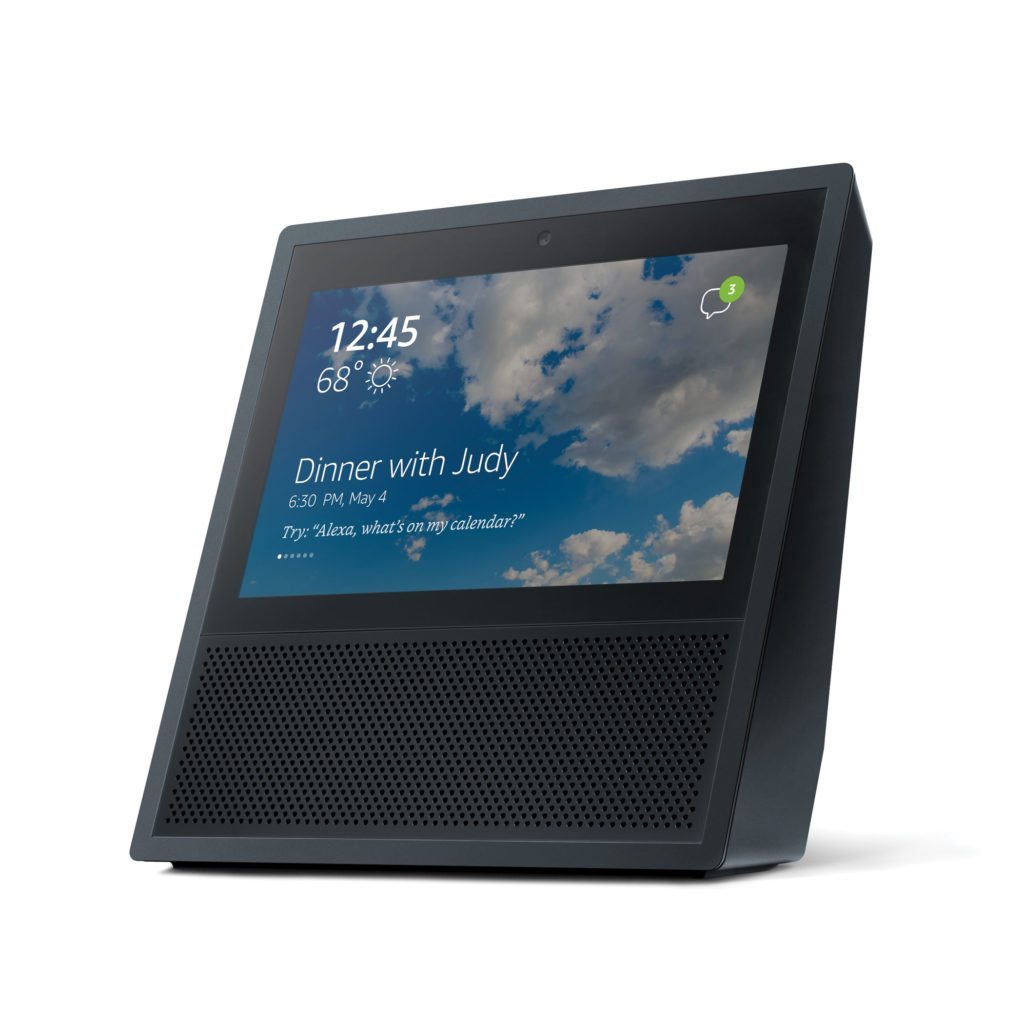 Amazon’s newest Alexa-based device got off to a rocky start when pictures of it leaked online and criticism of its design quickly followed. However, the Echo Show ($229) offers something other devices in this category don’t—video. The 7-inch touchscreen can display music lyrics, security camera feeds, photos, weather forecasts, to-do lists, and more. You can also make video calls to others with the Echo Show or the Alexa app, or voice calls to people with the Echo or Echo Dot. The question: Is video enough of a draw to make this device a hit?
Amazon’s newest Alexa-based device got off to a rocky start when pictures of it leaked online and criticism of its design quickly followed. However, the Echo Show ($229) offers something other devices in this category don’t—video. The 7-inch touchscreen can display music lyrics, security camera feeds, photos, weather forecasts, to-do lists, and more. You can also make video calls to others with the Echo Show or the Alexa app, or voice calls to people with the Echo or Echo Dot. The question: Is video enough of a draw to make this device a hit?
Apple: Speaker First, Siri Second
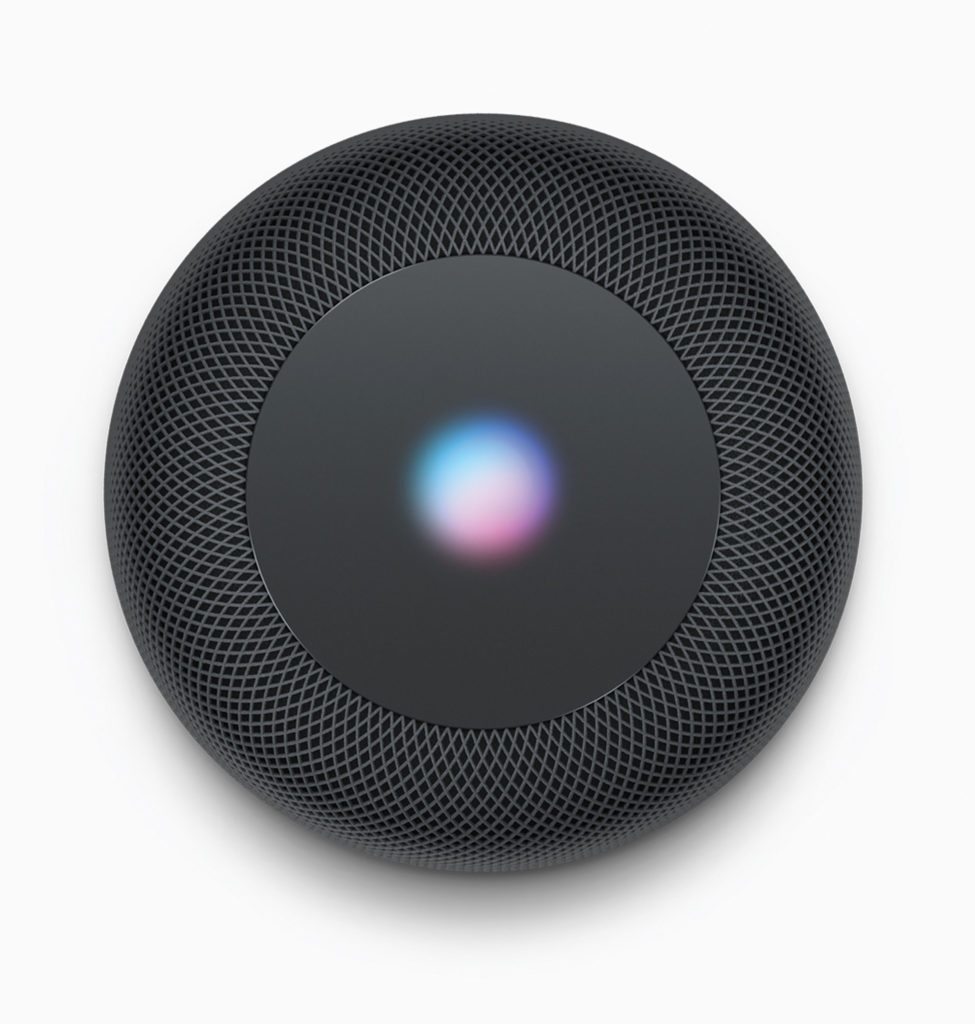 Apple is quick to denounce its new HomePod ($349 in December) as an Echo competitor. At almost twice the cost of Echo, its price supports that notion as it is more in line with other high-quality wireless speakers. HomePod packs a unique array of seven beam-forming tweeters that precisely focus the sound, and it can also automatically analyze the acoustics of a room and adjust the sound based on its location. And yet, it has Siri built-in, so it can also be controlled via voice, answer your questions, and control accessories that work with Apple’s HomeKit platform.
Apple is quick to denounce its new HomePod ($349 in December) as an Echo competitor. At almost twice the cost of Echo, its price supports that notion as it is more in line with other high-quality wireless speakers. HomePod packs a unique array of seven beam-forming tweeters that precisely focus the sound, and it can also automatically analyze the acoustics of a room and adjust the sound based on its location. And yet, it has Siri built-in, so it can also be controlled via voice, answer your questions, and control accessories that work with Apple’s HomeKit platform.
GE: Light and Sound
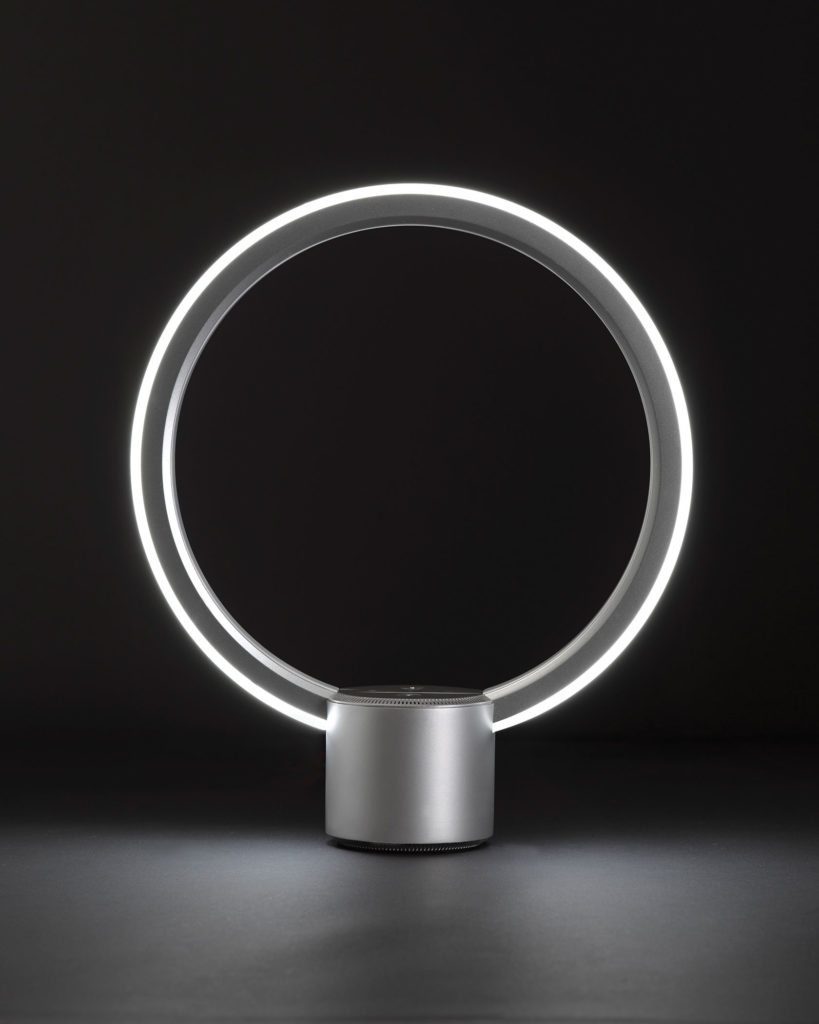 For those who like the idea of a home virtual assistant, but don’t necessarily want it in speaker form, GE had a lightbulb moment. Quite literally. C by GE Sol ($199) is the first Amazon Alexa-embedded lighting product. It still has the same Amazon Alexa skills, but with a few more light-focused features. Its “Visual Indicators” pair visual light cues with everyday tasks, such as checking the time, while its “Sleep-Enabled Light” helps to prepare for sleep and awaken more efficiently.
For those who like the idea of a home virtual assistant, but don’t necessarily want it in speaker form, GE had a lightbulb moment. Quite literally. C by GE Sol ($199) is the first Amazon Alexa-embedded lighting product. It still has the same Amazon Alexa skills, but with a few more light-focused features. Its “Visual Indicators” pair visual light cues with everyday tasks, such as checking the time, while its “Sleep-Enabled Light” helps to prepare for sleep and awaken more efficiently.
Google: Colorful Home Base
Google Home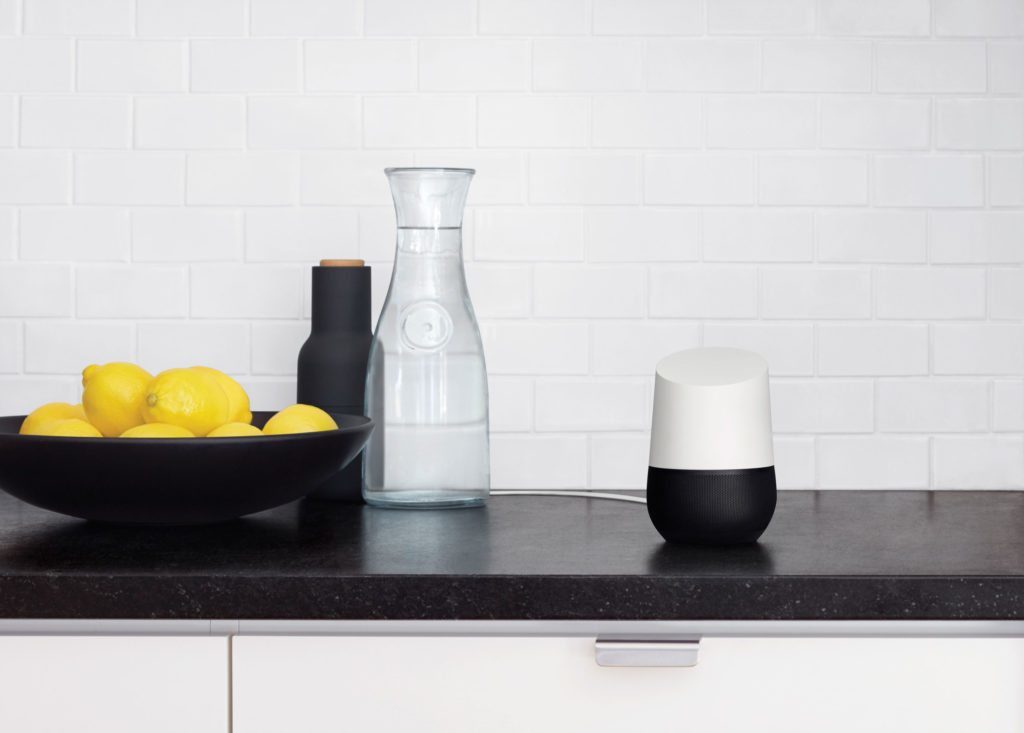 ($129) has been on the market a bit longer than the other devices mentioned here, but new features continue to be added. Powered by Google Assistant, you can simply say “OK Google” and ask it whatever is on your mind. It also pairs with and can control other smart devices such as Chromecast, Nest, and Philips Hue. Recently, Google announced you can now shop using Google Assistant at supported retailers such as Walgreens, Whole Foods, Target, and Bed Bath & Beyond. And, for a little variety, the speaker base is available in seven colors.
($129) has been on the market a bit longer than the other devices mentioned here, but new features continue to be added. Powered by Google Assistant, you can simply say “OK Google” and ask it whatever is on your mind. It also pairs with and can control other smart devices such as Chromecast, Nest, and Philips Hue. Recently, Google announced you can now shop using Google Assistant at supported retailers such as Walgreens, Whole Foods, Target, and Bed Bath & Beyond. And, for a little variety, the speaker base is available in seven colors.






